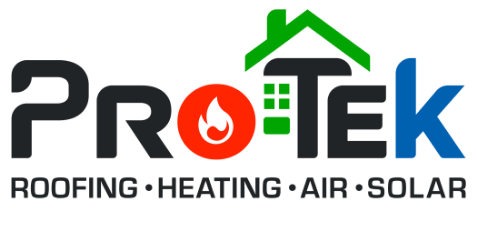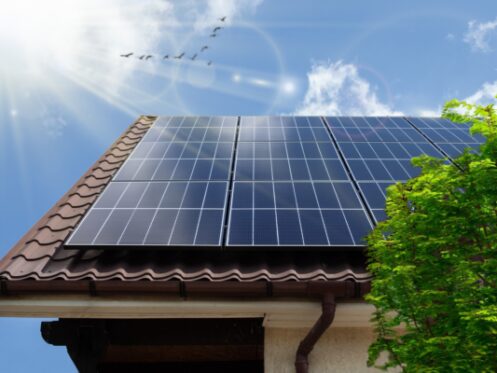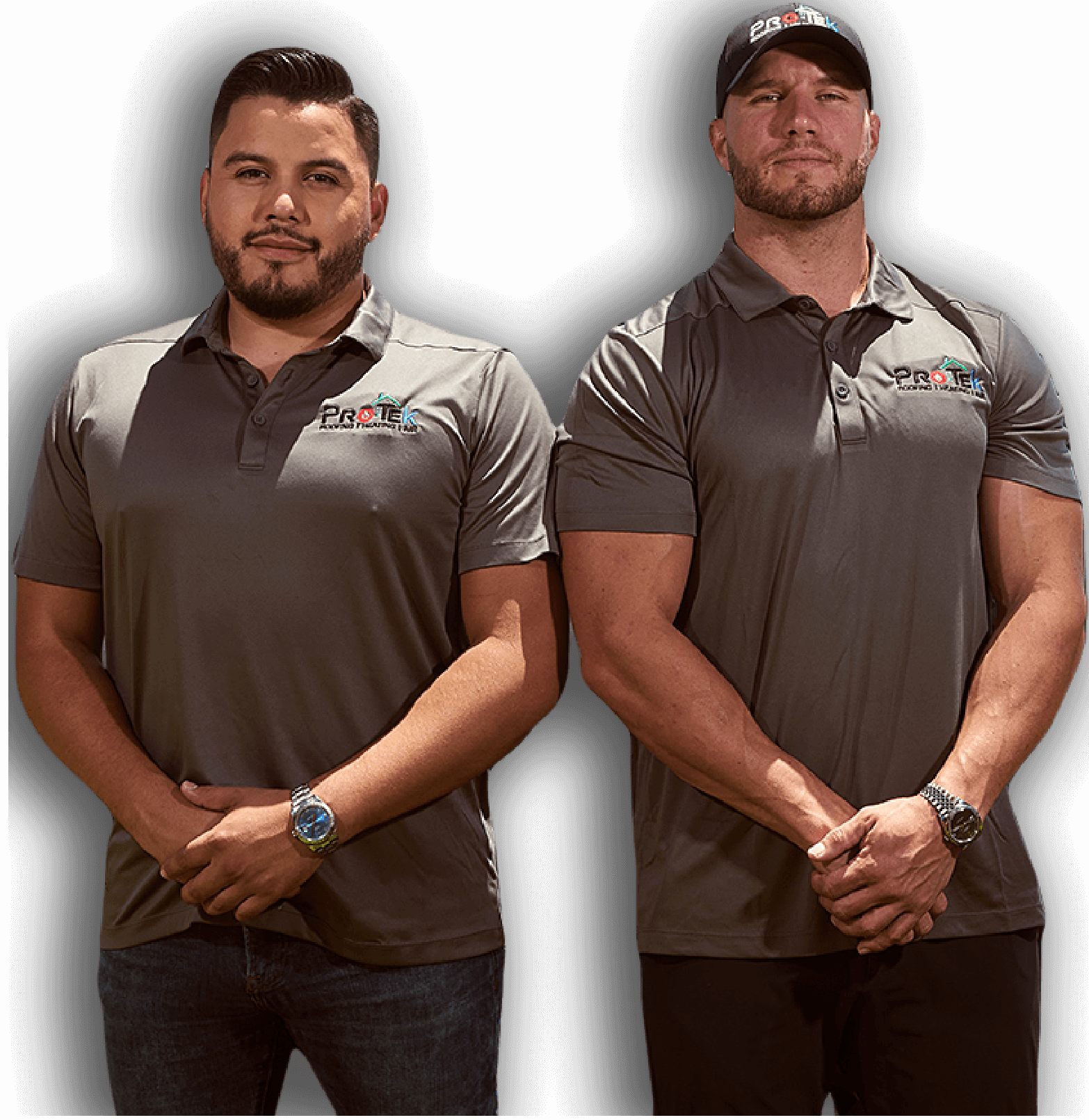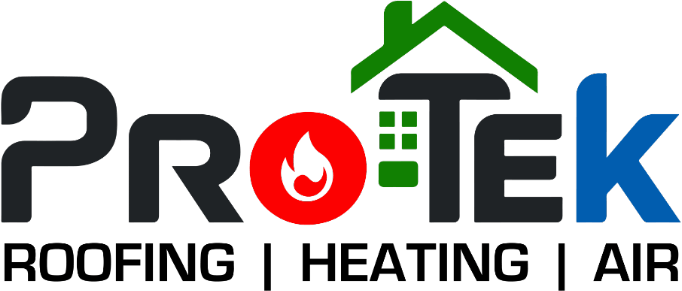With the stroke of a pen on August 16, 2022, President Joe Biden enacted the Inflation Reduction Act. Due to its name, however, plenty of people remain confused about what the law aims to do. That’s a shame because the law includes some provisions that should interest Tampa, FL, homeowners. Among them are a variety of programs and incentives designed to speed up the country’s transition to renewable energy. As a result, the Inflation Reduction Act might make now the single best time for homeowners to go solar in recent memory. Here’s why.
Skyrocketing Electricity Costs Inspired Changes
Back when lawmakers began drafting the bill that would become the Inflation Reduction Act, they began to analyze the things doing the greatest harm to Americans’ budgets. Unsurprisingly, they soon found that skyrocketing electricity rates had put a serious dent in most people’s wallets. So, they set about looking for a way to solve that problem.
However, they didn’t want to go about it by directly subsidizing electricity producers or even by offering direct financial support to consumers. Instead, they decided to attack the problem in a way that would empower homeowners to help themselves while simultaneously increasing the use of renewable energy nationwide. To do it, they began by looking at an existing program meant to bolster demand for residential solar power systems.
That program, which began in 2006, offered tax credits to offset the cost of installing a residential solar power system. The Inflation Reduction Act increased the size of that credit and extended the program until 2035. More specifically, the law increased the tax credit to 30% of the cost of a newly-installed system until 2032. In 2033, the credit drops to 26%, then again to 22% in 2035.
How Does the Solar Tax Credit Work?
The good news is that the law makes the 30% tax credit retroactive to cover all new residential solar panel systems installed since 2017. That means even homeowners that already have a solar system can qualify for it. There are a few criteria you must meet, however:
- You installed your system between January 1, 2017, and December 31, 2034.
- You must have financed the solar system or own it outright.
- You must have installed the system on or at your US residence.
- The system is new, or you’re using it for the first time.
If you already have a solar power system that meets the criteria above, you should be able to claim the 30% tax credit on your next tax filing. You can also do so after installing any system that meets the criteria.
The thing to realize, though, is that the solar tax credit isn’t refundable. That means you’ll only get a tax credit that’s equal to your maximum tax liability for the year. However, if there’s any part of the credit remaining above that, you can carry it forward and apply it to the following tax year. That way, everyone eligible gets the maximum 30% credit, even if it doesn’t happen within a single year.
What Does the Tax Credit Cover?
Perhaps best of all, the tax credit applies to a variety of costs associated with the installation of a solar power system in your home. Covered costs include:
- Solar panels or solar cells
- Contractor labor costs for planning, preparation, and installation of your system
- System equipment, including mounting hardware, inverters, and wiring
- Energy storage systems with a capacity greater than 3 kilowatt-hours
- Sales taxes on covered expenses
In other words, just about everything you’d need to pay for to have a new solar power system installed on or at your home qualifies for the tax credit. Therefore, you can shop for such systems with that in mind. So, when you receive a quote for the installation of a residential solar system, you can deduct 30% to figure out how much the installation will cost you in real dollars.
There’s an Array of Rebates Available, Too
It’s also worth pointing out that the Inflation Reduction Act includes a variety of rebates on things that make solar power even more attractive for homeowners. For example, there’s a rebate of up to $8,000 for homeowners that install a new heat pump in their home. That’s significant because pairing a heat pump with a solar power system can translate into huge savings on heating and cooling costs.
There’s also a rebate of up to $1,750 to offset the cost of a new heat pump water heater, which is enough to pay for some of the available models on the market today. Homeowners can also claim up to $840 on the cost of a new induction stove. Basically, the Inflation Reduction Act makes it drastically cheaper for homeowners to fully electrify their homes.
The best part of the rebates is that any homeowner that makes up to 150% of the median income here in Tampa can claim up to $14,000 in total rebates through Sept. 30, 2031. At the time of this writing, that means you can have a household income of up to $83,451 and still qualify for the maximum amount of rebates.
Plus, the Inflation Reduction Act also includes a rebate for those who purchase an EV to go with their new solar power system. Depending on the type of new EV purchased, it could qualify for a rebate of up to $7,500. To qualify, the vehicle must meet the following criteria:
- The vehicle must be assembled in the US.
- The vehicle must not cost more than $55,000 for cars or $80,000 for trucks and SUVs.
- The buyer must not earn more than $150,000 per year, or $225,000 if they file taxes as head of household, or $300,000 if they file jointly.
- A vehicle that meets the preceding criteria and has US-built battery components qualifies for a $3,750 rebate.
- A vehicle that meets the preceding criteria and contains minerals extracted or recycled in the US or extracted in qualifying countries qualifies for a $3,750 rebate.
There’s Never Been a Better Time To Go Solar
The bottom line is that the package of tax credits and electrification rebates included in the Inflation Reduction Act means that there’s never been a better time for Tampa homes to go solar. If you’re interested in taking advantage of the opportunities created by the law, Protek Roofing, Heating, Air & Solar would be happy to help. We’re the premier HVAC and roofing company in the Tampa area, which means we’re perfectly positioned to help you with a variety of products, including rooftop solar and heat pump installation. Together, they can help to power, heat, and cool your home for less. Plus, we offer a complete array of other HVAC services including installation, repair, and maintenance should your home require them.
So, if you want to make solar power a part of your Tampa home’s future, contact the experts at Protek Roofing, Heating, Air & Solar today!




